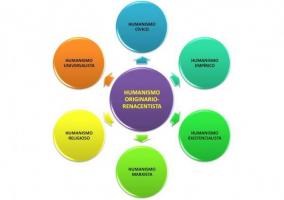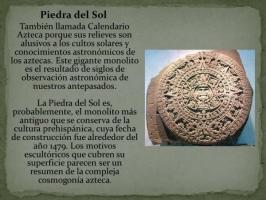Peoples that inhabited the Iberian Peninsula before the Romans
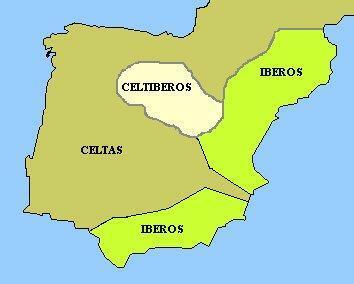
Image: Juanitoelchispa
The Iberian Peninsula it has been inhabited throughout ancient history by countless peoples of different ethnicities and religions. On many occasions these came from other parts of the Mediterranean looking for richer areas for agriculture, metallurgy or rich areas with which to trade. In this lesson from a TEACHER we bring you the peoples that inhabited the Iberian Peninsula before the Romans, focusing on the most important ones and creating a concise summary with the most important characteristics of each one.
Index
- The division of the Peninsula according to civilizations
- The tartesos
- Celts and Iberians
- The colonizations of the Iberian Peninsula
The division of the Peninsula according to civilizations.
In the first place, within our lesson on the peoples that inhabited the Iberian Peninsula before of the Romans, we must divide the map, taking as key the differences found in the place names:
- Tartesia area: which corresponds to the south-western part of the peninsula, the epicenter of this being the mouth of the Guadalquivir river.
- Iberian area: included in the Levantine coast, the eastern part of Andalusia and Catalonia.
- Celtic zone: this includes the interior of the plateau and the entire Atlantic and Cantabrian coast, except for the area of the Basque Country.
The tartesos.
To this day, the Tartessian culture continues to amaze a large part of the people who come to study more about these populations that inhabited the area of the mouth of the Guadalquivir river. According to historians and archaeologists, this series of peoples came to develop in the first half of the first millennium BC. C.
Within our lesson on the peoples that inhabited the Iberian Peninsula before the Romans, We will continue to warn that we will not find a properly Tartessian civilization or people, but that this was probably of Iberian origin, Which was acculturating with the arrival to the shores of the Mediterranean, from the Phoenician civilization.
This hypothesis is established because Gadir was a commercial colony founded by the Phoenicians, who traded with the tribes and populations of the interior of the coast. With the passage of time they would go cloning the ways of life of eastern civilization as was the use of their clothes, the creation of elements and objects of oriental style, these They learned the techniques of extraction of the Phoenician mineral, a people with which they traded in great measure.
Possibly, the legend of Argantonio (a Tartessian king) is not more than the possible name of one of the tribal chiefs of these. But what we do have to be clear about is that in the Peninsula In no time will we find a Tartessian Empire, as many authors have defended.
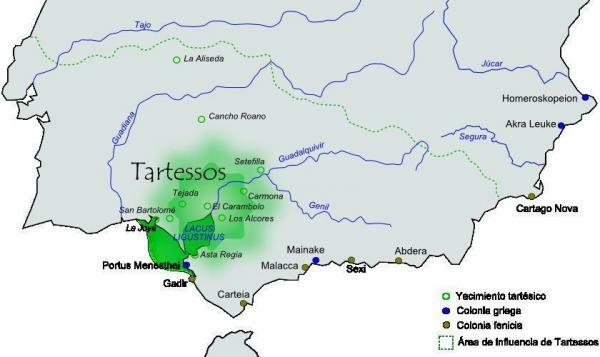
Celts and Iberians.
Few are the differences that we will find between the two groups of pre-Roman peoples exposed here, the origin of the language being the clearest. They were peoples whose economy was based on agriculture and livestock. They hardly had commercial relations, being quite autarkic in that regard.
Furthermore, they were quite bellicose populations and in this way it was normal to find races between the different “kingdoms” that existed throughout the peninsular territory. A very characteristic element of these will be the actions in the form of racias, on the peoples of the south of the Peninsula, that is to say, on the so-called Tartessian town that was, without a doubt, of the pre-Roman towns, the richest.
They lived in fortified nuclei with stone walls, an element that shocked the Romans when they reached the Peninsula because they had to face warrior peoples that, in addition, had large fortifications. This made the conquest of Hispania a real torture for foreigners.
Their cults were related to nature, the strongest being those related to the sun, the moon and fertility. The Iberians also had the priestesses being a clear exception within the Indo-European peoples.
Little else is known about the culture of these peoples who inhabited the Iberian Peninsula before the Romans, because they lacked writing and the little that is preserved comes from a series of stelae that are unreadable today by experts.
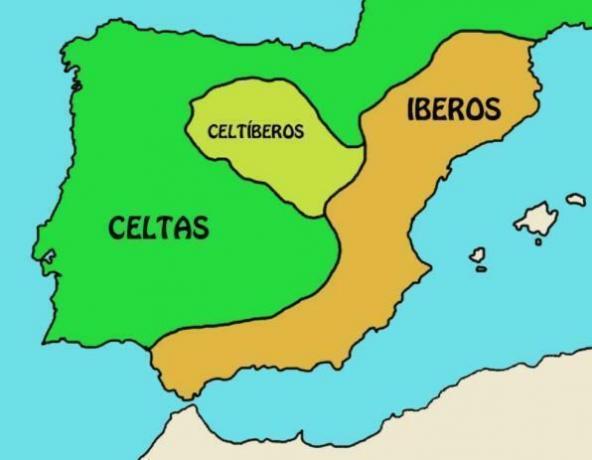
Image: Taringa
The colonizations of the Iberian Peninsula.
We have to stop at a series of villages that came from other parts of the Mediterranean and ended creating colonies on the coasts of Spain. Among them we can find the following:
Phoenicians
By the beginning of 9th century BC C. we find evidence on the Mediterranean coast about the foundation of a series of ports of Phoenician origin, such as Malaka (Malaga). This eastern town is known for its great commercial activity, for which they brought exotic objects of the Orient in exchange for precious metals and other materials, which in their places of origin were scarce.
Also were the founders of Gadir (Cádiz), city in which we will find its great bastion and where the Temple of Melkar was located, which was a safe place of commerce. It was not a warrior people, but its activity was about contacting the indigenous populations of the place and through a series of offerings (gifts) to the chiefs of the tribes, reach a series of agreements with which to win Benefits.
According to research this is the town that acculturated the southern populations of the Peninsula and that would give rise to the legend of the kingdom of Tartesos.
Greek
In the year 537 a. C. the Greeks founded Massalia (Marseille) and Emporion (Ampurias) thus reaching the Iberian Peninsula. The Greek colonization models, as we already know, respond more to an element of population excess, for which the polis decided to send the surplus to create other cities in other cities. Mediterranean places for them to come into contact with the autochthonous populations, with whom they had to trade and thus be able to establish commercial lines on a larger scale throughout the world. Mediterranean.
They were, however, less open to relationships, that is, they used to create their cities on promontories in coastal locations or even on islands off land, in order to avoid attacks. We will not find the union between the peoples. They were populations that exceeded Punic Wars and that they ended up being absorbed by the Romans.
Carthaginians
Carthage was a Phoenician colony located in North Africa. Behind the year 572 a. C. would replace the Phoenician power in the areaFor that was the year in which Nebuchadnezzar conquered the city of Tire. The difference between one system and another was that Cártago decided to move from commercial relations to having a more intense control over Iberian populationsIn this way we will find a great interest especially in the mines, such as those of Cástulo.
One of the elements that made the Romans have so much difficulty in ending their presence in the Peninsula was due to the fact that hired as mercenaries the vast majority of Iberian and Celtiberian peoples of the PeninsulaVery poor but very warlike populations that used to be sold as mercenaries.
Its presence was in the Iberian Peninsula until the end of the Second Punic War, in 201 BC. C. although their culture remained in the subconscious of the population until well into Romanization. In this video of unRPOFESOR we discover the process of Romanization of the Iberian Peninsula.
If you want to read more articles similar to Peoples that inhabited the Iberian Peninsula before the Romans, we recommend that you enter our category of Story.

